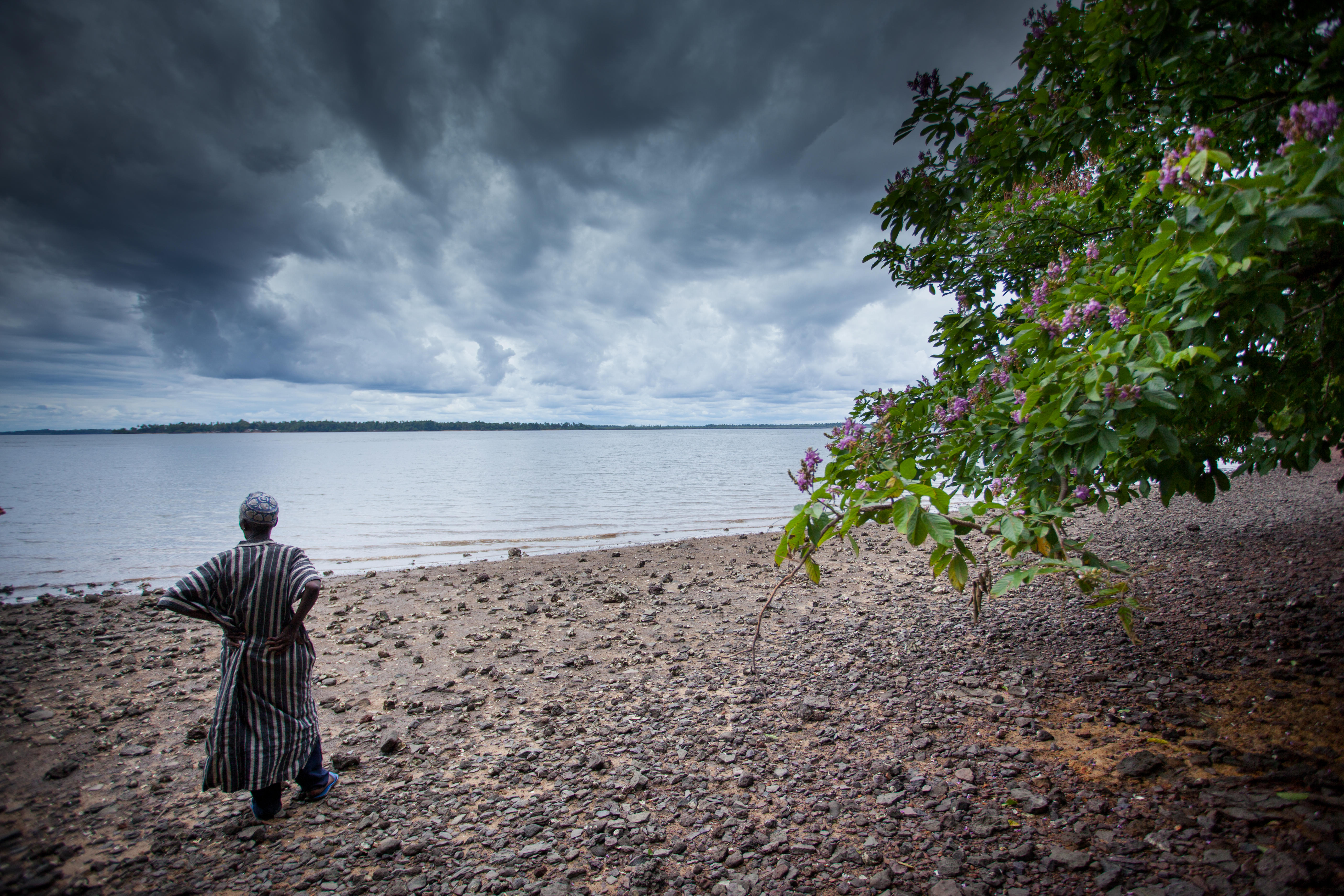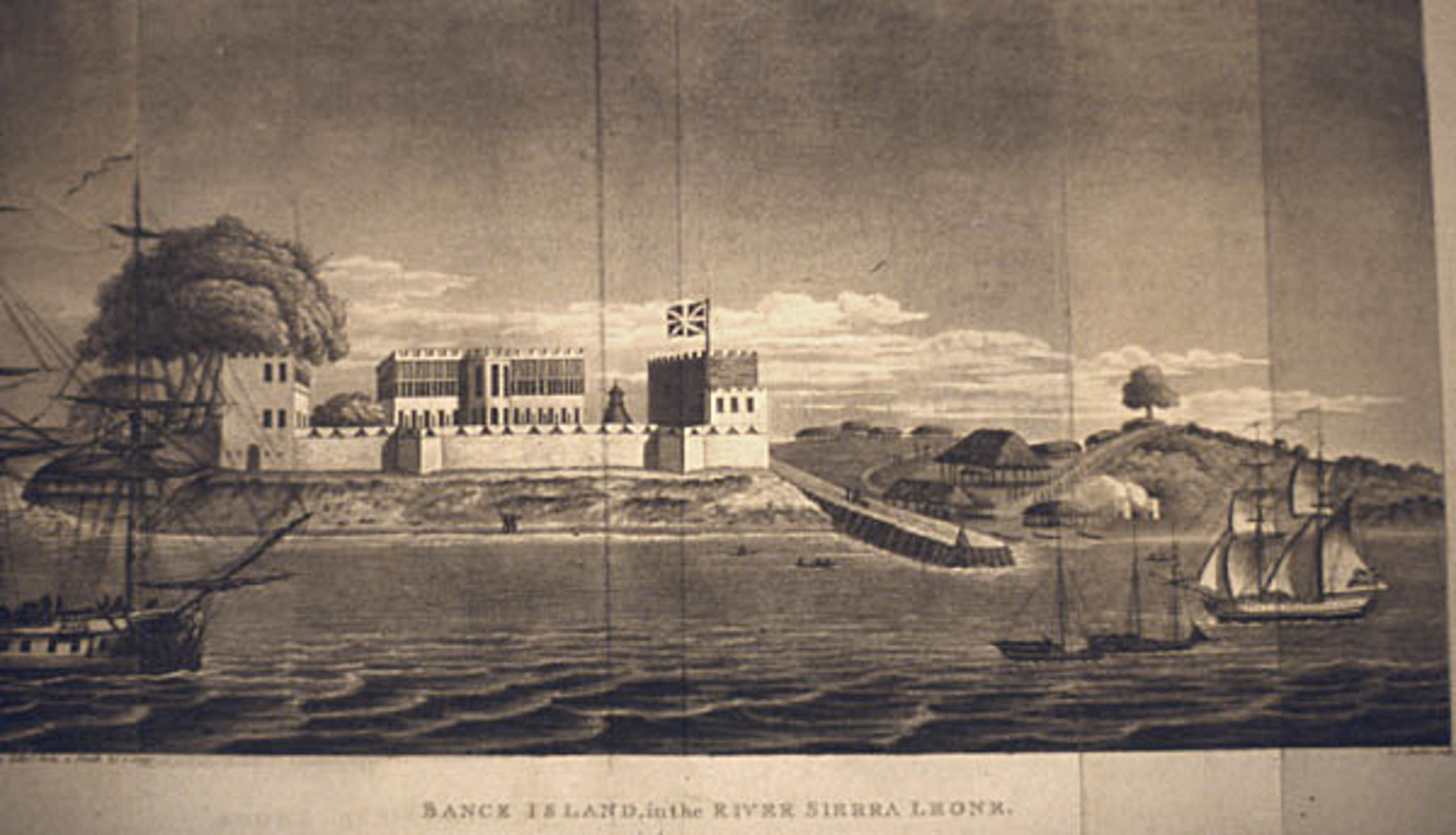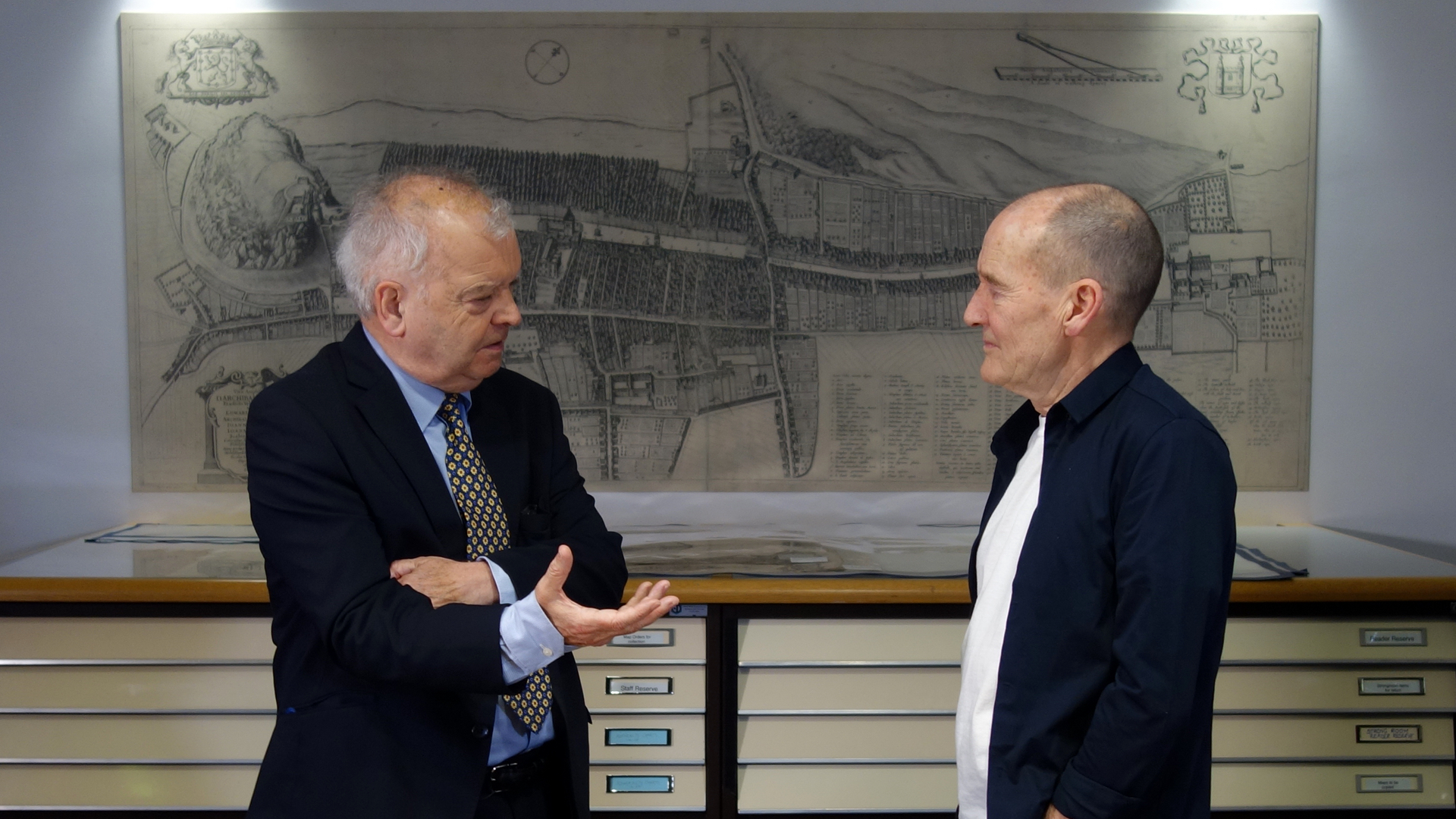
IT is a tiny island, a speck on a map, just 1,650ft long and 350ft wide.
But, according to broadcaster David Hayman, Bunce Island stills casts a long shadow. Now derelict and overgrown, it was once pivotal to Scots’ role in the slave trade.
He visited the island, off the coast of Sierra Leone, in west Africa, as part of his research for a two-part documentary, Slavery: Scotland’s Hidden Shame.
Although Liverpool, Bristol and London are more associated with the slave trade, dozens of ships plied their brutal trade from Port Glasgow and Greenock.

Many of the major figures behind it were Scots and the first programme takes David to Sierra Leone where they played a critical role.
Slaves would spend up to three months on Bunce Island, waiting for ships to transport them to colonies across the Atlantic to the Americas.
“When you hear firsthand of what went on there, it is moving,” David told The Sunday Post. “And while it’s just a ruin today, there is a melancholy hanging over the place. You know that dark deeds happened on that island.
“The hypocrisy is that the slave owners and ship owners were Christians and went to church several times a week.”
Isatu Smith, a former guide on the island, says: “It was operated by four companies, the last two Scottish.
From adopting Scottish accents to escaping in Orkney: The stories of runaway slaves in Scotland
“It was leased from the African king and a commission was paid to him for every slave bought and sold on the island. The king would show up once a year, dressed in a kilt, to collect.”
It was a long-term enterprise with areas kept for captive women to have babies who would then grow up to be slaves.
And the Scots influences were everywhere, from 1728 right up until 1807 when it finally closed, with the slaves held in horrendous conditions directly on the other side of a wall from where the traders lived in opulence.
“It was just like the Nazis in the concentration camps during the Second World War,” said David. “There were the guards round the perimeter fences and inside you had the Jews and the gypsies.
“We just swapped them for black people and were just as bad. How could they call themselves a civilised people if they could perpetuate those crimes against humanity? It’s so dark and just beyond me.”
From Bunce Island, the slaves were packed on to hideously overladen ships where they were kept in chains and suffered daily beatings.
Half never made it to their destination, with so many dead bodies thrown overboard that sharks followed the vessels.
The BBC documentaries also look at the legacy which is still a part of modern-day Scotland, in the stately homes and mansions built by the traders.
It’s a story which David, producer as well as presenter, has wanted to tell for more than a decade.
And it was so important to him that he doubled up on his original commitment.
“I was only given a commission for one hour, so we made two for the price of one,” said David. “In fact, we could have delivered three.
“We missed out the southern states of America and to me that’s unfinished business. I’d like to go back and cover that and continue to tell this story.
“My anger runs through the programmes. You can’t cover a subject like this without feeling angry and frustrated.”
Slavery: Scotland’s Hidden Shame BBC2 Scotland Tuesday 9pm.

Enjoy the convenience of having The Sunday Post delivered as a digital ePaper straight to your smartphone, tablet or computer.
Subscribe for only £5.49 a month and enjoy all the benefits of the printed paper as a digital replica.
Subscribe